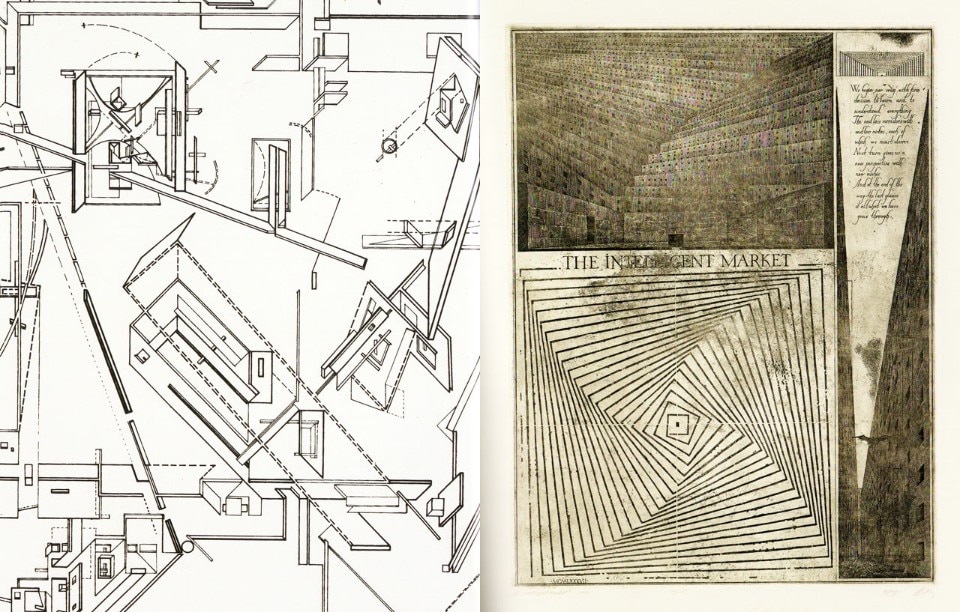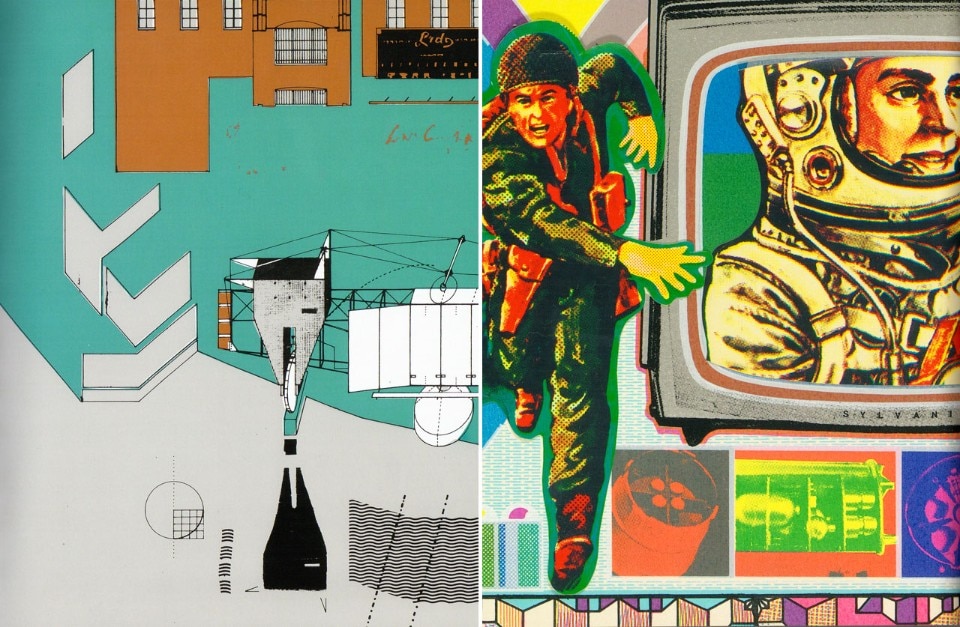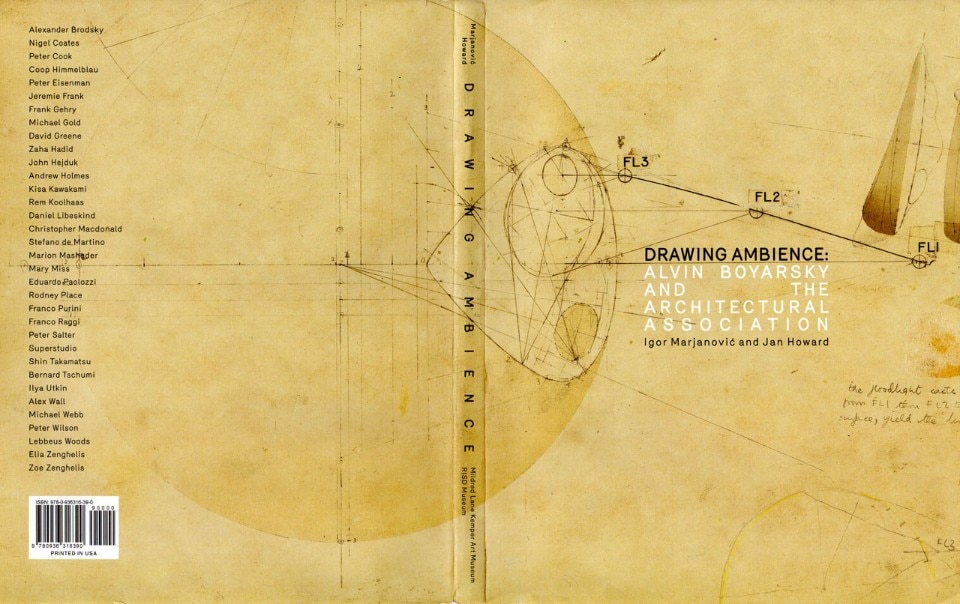“We fight the battle with the drawings on the walls”. This is how Alvin Boyarsky summed up his strategy at the head of the Architectural Association, the central London school of which he was chairman from 1971 until 1990, the year of his death. In the 1970s, the Architectural Association, better known by the acronym AA, was a fundamental workshop for the architecture of the following decades, and Boyarsky’s leadership was critical to this end.
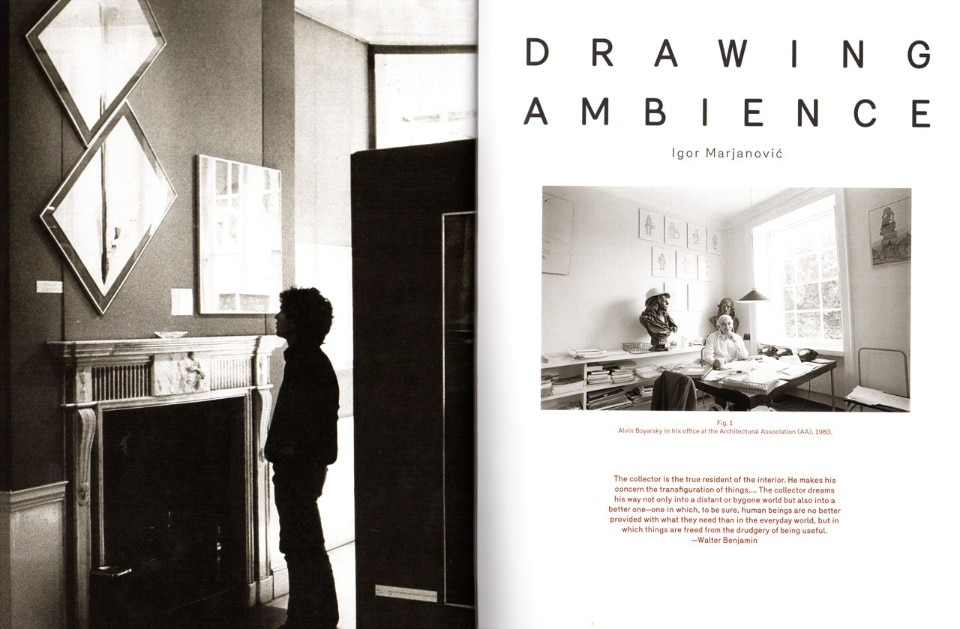
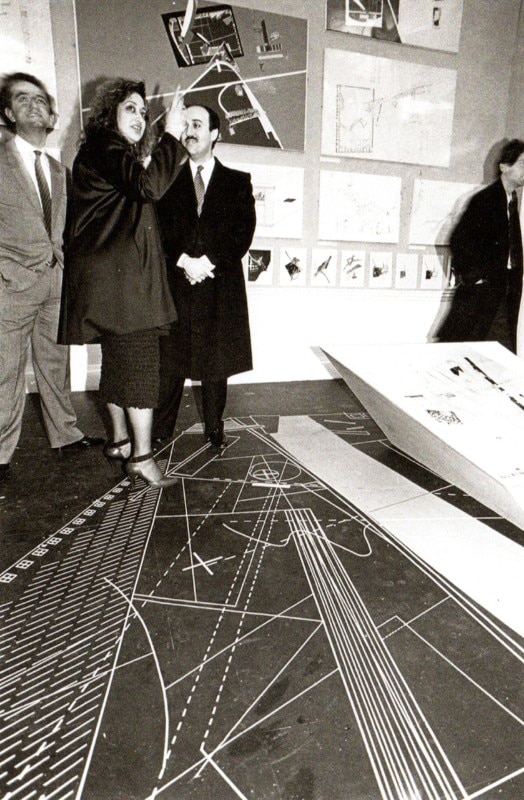
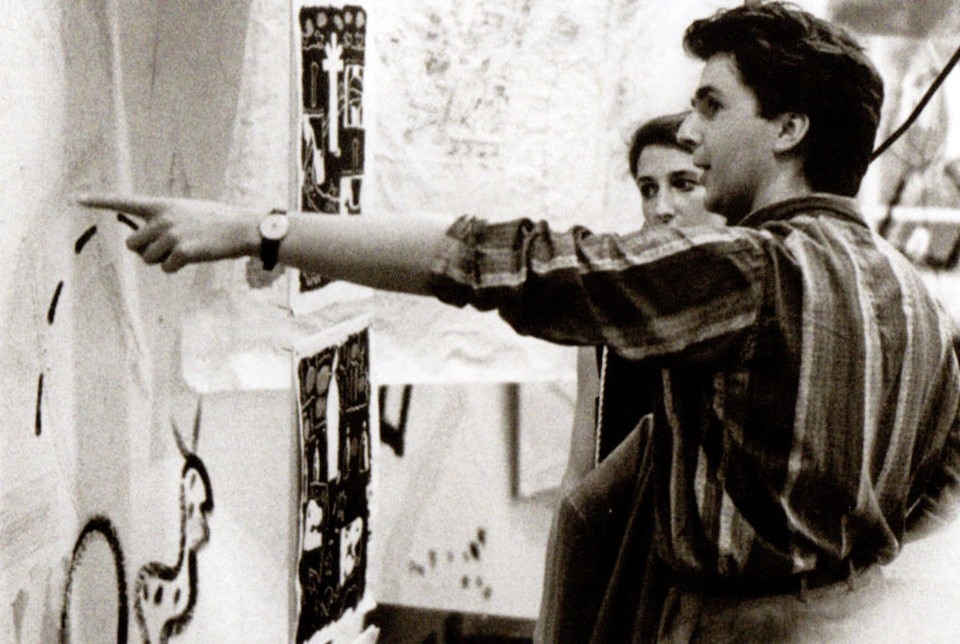
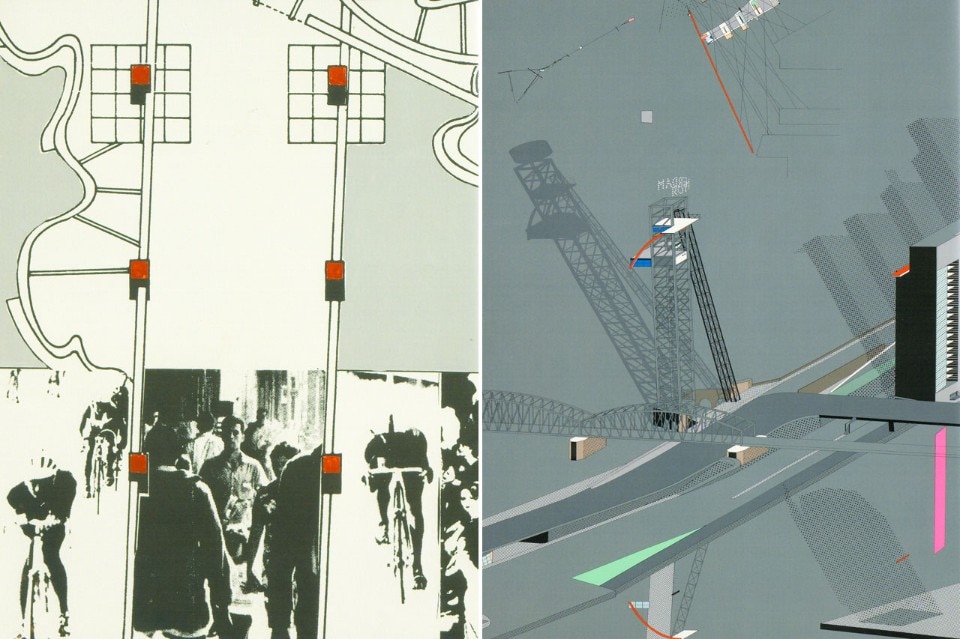
Over the years, the AA’s “impresario”, as he was called by Archigram member Peter Cook in an obituary, Boyarsky amassed a personal collection of architecture drawings, nearly all by people who had in some way been involved in the school’s life; indeed, it can be considered a “portrait of the architect as a chairman”. Now an itinerant exhibition curated by Igor Marjanovic and Jan Howard has just shown this collection in several US universities and museums. The catalogue combines a remarkable synthesis of what influenced the AA in the 1970s with the ensuing results in the 1980s.
The first part contains an in-depth essay by Igor Marjanovic (author of a doctorate dissertation on Boyarsky at the Bartlett) offering a multi-faceted account of Boyarsky’s role at the AA, exploring both his institutional work, centred on the system of annual design units, and his cultural leadership.
